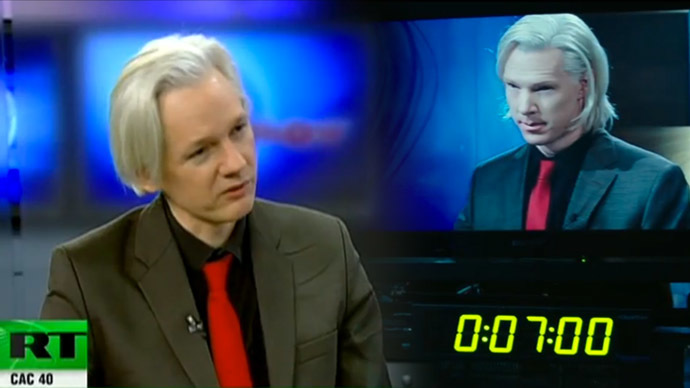Before this past week’s class, the word “meme” would have generated images with bold, white print—images mocking anything from a declining economy to Katy Perry’s halftime performance. However, I have come to understand a meme in a broader sense and realize just how prevalent these are in everyday life. A chair, for example, can be a meme. No matter where in the world you are, a four-legged seat will always invite you to sit. A mat or mattress on the ground will always be recognized as a bed. If a meme is “a unit of cultural information that replicates while remaining whole”, then these everyday objects can be seen across cultures, conjuring a specific task or purpose. We know how to use a chair the instant we see it, whether it be a recliner or an office chair. What is really being replicated isn’t so much the object itself, but the purpose or idea behind it. If a chair has the essential parts to be a chair, we recognize it and its purpose.
What does this have to do with memes on the internet? In multiple cases, we can see how a meme, even if the image or text isn’t a direct replica of the original, carries a certain notion if it contains the right clues. Take, for example, the two memes below:
Though the subject of these memes differs, the implication and tone are the same. Both approach the subject sarcastically, starting with a question to the imaginary listener followed by a rhetorical request to continue with what the speaker perceives as complaining. Since these both have the same syntax and tone, as well as the same image, we understand these to be one meme, known as the “Tell Me More” meme. Just as we can still recognize a chair without arms is to be used for sitting, we understand this meme is meant to convey dislike of a subject using sarcastic rhetorical question. To reiterate, it is not the image and original text that is replicated, it is the idea behind that image and text.
The real interest comes with non-text based memes, such as “Strutting Leo” or “Disaster Girl”. Since the message comes from an image instead of a text, it immediately opens itself to a broader population. Unlike text, images do not have a language barrier. The meaning behind these memes are more far-reaching. Going back to chairs as a meme, a Spanish speaker can recognize the purpose of a chair, just as well as an English speaker can.
Images and text, however, both have one barrier in common—a cultural barrier. With that, I ask, what is a meme if it cannot be understood by a culture? If a viewer of a meme did not know who Leonardo DiCaprio was, would “Strutting Leo” be an effective meme? Even further, let’s say, hypothetically there was a culture that regarded happily walking away from a disaster as “normal”. Would it be funny then? Memes, then, are defined by a culture. If a meme in Japan was meant to make the audience sad, but instead made an American audience laugh, would it still be the same meme? Would it be considered a meme only in Japan, since its cultural relevance in another country is slim to none?
Memes rely on culture to remain alive and to replicate. Like any living thing, they thrive and multiply in the environment they were created in. When that environment changes, either they die or change with it.
Inevitably, the future will be a different environment. Unless memes adapt in that world, they will cease to exist, having lost their relevance.




 The Fifth Estate refers to a nonphysical entity composed of bloggers, journalists, and media outlets that operate outside the mainstream media. Operating outside of what is referred to as the Fourth Estate which is the mainstream media, most commonly referring to the news media (especially print journalism). The Fifth Estate may also include political groups, corporations, or other groups outside of the mainstream in their views and function in society.
The Fifth Estate refers to a nonphysical entity composed of bloggers, journalists, and media outlets that operate outside the mainstream media. Operating outside of what is referred to as the Fourth Estate which is the mainstream media, most commonly referring to the news media (especially print journalism). The Fifth Estate may also include political groups, corporations, or other groups outside of the mainstream in their views and function in society.









